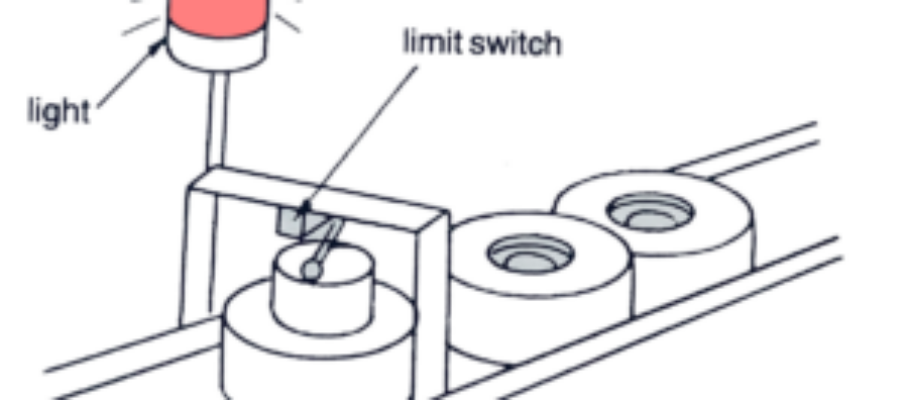Jun 12 2022
Perspectives On Probability In Operations
The spirited discussions on LinkedIn about whether probabilities are relative frequencies or quantifications of beliefs are guaranteed to baffle practitioners. They come up in threads about manufacturing quality, supply-chain management, and public health, and do not generate much light. Their participants trade barbs without much civility, and without actually exchanging on substance.
The latest one, by Alexander von Felbert, is among the more thoughtful, and therefore unlikely to inspire rants. I do, however, fault it with using words like “aleatory” or “epistemic” that I don’t think are helpful. I am trying to discuss it here in everyday language, and to apply the concepts to numerically specific cases, with an eye to operations.
While there are genuinely great and not-so-great ideas, the root of the most violent disagreements is elsewhere, with individuals generalizing from different experience bases. You may map probability to reality differently depending on whether you are developing drugs in the pharmaceutical industry, enhancing yield in a semiconductor process, or driving down dppms in auto parts. The math doesn’t care as long as you follow its rules, and it doesn’t invalidate other interpretations.





Jul 18 2022
The Most Basic Problem in Quality
Two groups of parts are supposed to be identical in quality: they have the same item number and are made to the same specs, at different times in the same production lines, at the same time in different lines, or by different suppliers.
One group may be larger than the other, and both may contain defectives. Is the difference in fraction defectives between the two groups a fluctuation or does it have a cause you need to investigate? It’s as basic a question as it gets, but it’s a real problem, with solutions that aren’t quite as obvious as one might expect. We review several methods that have evolved over the years with information technology.
Continue reading…
Contents
Share this:
Like this:
By Michel Baudin • Data science • 0 • Tags: A/B testing, Barnard's Test, Binomial Probability Paper, Fisher's Test, Incoming QA, Z-test